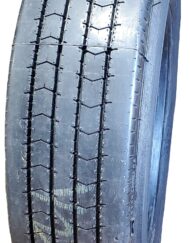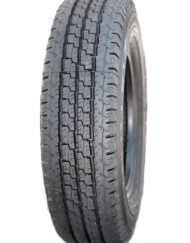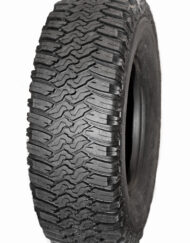Old Made New: Airplane Tire Retreading and Reuse
Despite the fact that passengers hear the screeching of tires every time an aircraft comes to an abrupt landing and bear witness to the rubber scars marring the tarmac, seldom do harried travelers give much thought to the tires themselves.
And really, they should! These hard working tires are marvels of engineering, retreading, and recycling. In fact, your next flight will most likely rely on a workhorse retreaded tire for takeoff and landing. Retreading the tires on aircraft not only makes good sense economically, but it’s a great fit for Mother Earth.
According to a recent article written by Brian Sumers and published by Conde Nast, the environmental impact, both in tires not made and raw materials saved is huge:
“Southwest Airlines usually changes tires every five to six weeks, and in the past year, it has used nearly 40,000 of them…That’s a lot of rubber, so airlines and suppliers are constantly thinking about how they can be more sustainable and less wasteful. This usually means retreading the tires as many times as possible—JetBlue, for its part, says it can retool and reuse a tire seven times before it is no longer viable….American, which changes tires on each plane every 60 to 90 days, says roughly two million pounds of its tires get recycled every year, with some ending up as rubber mulch for playgrounds and sports fields.”
Even more surprising, those fat tires taxiing to your gate probably aren’t even owned by the airline! Companies like Goodyear and Bridgestone contract with airlines so they can safely use, retread and then reuse the tires. A tire manufacturer will guarantee a certain number of landings and takeoffs per tire; which is great news for passenger safety, the airline industry, and even better news for the environment.
Why is Retreading Tires so Good for the Environment?
They Use Less Oil
Retread use fewer raw materials, namely oil. The synthetic rubber components in a new large tires contain a whopping 22 gallons of oil, while retreading uses only a third of that. Retreading saves hundreds of millions of gallons of oil each year — that’s a lot of barrels! And consider this: thanks to retreading and recycling, only a small fraction aircraft tires in use today are manufactured new and even a smaller percentage winds up in landfills.
Lower Energy Consumption
Retread tires result in ⅓ less greenhouse gases and ⅔ less oil compared the production of new large tires. As the airline industry looks to decrease waste, more and more major airlines (and recreational pilots) are climbing about the retread train.
Fewer Chemicals
Using retread tires means fewer chemicals and fewer tire casings that require disposal.
Are Retread Tires on Aircraft Safe?
Yes, yes they are! In 2000, an executive order was signed that required Federal agencies to replace OEM tires with retreaded tires rather than new rubber whenever possible. Nearly all major airlines use retreaded (or “remolded”) tires and nearly 80 percent of all aircraft tires now in use in the United States are retreads. That’s an impressive endorsement for retread tires.
In 2006, the FAA released strict and clear guidelines to support the use of retreaded tires for aviation purposes. Thanks to clear industry guidelines and recommended practices, you can sleep well from takeoff to landing, knowing that you’re riding on solid retread rubber. In fact, most retread plants throughout the world are franchised, licensed, or affiliated with major suppliers. In test after test, retread tires have demonstrated the same reliability and performance as original equipment tires.
From Airfield to Wheatfield
Alas, there comes a time when even the most carefully reconstructed tire can’t support the weight of a massive aircraft. So what happens when these expensive, highly engineered retread tires can no longer take the heat? Often they make move from planes to tractors. Companies that specialize in repurposing these expensive tires find they hold up just fine amid rows of corn and fields of wheat.
And we can thank recycled rubber tires for safer playgrounds, innovative garden planters, hipster accessories, and durable flooring!




